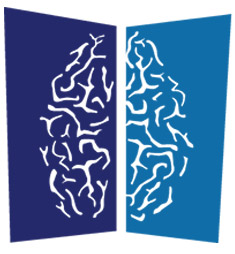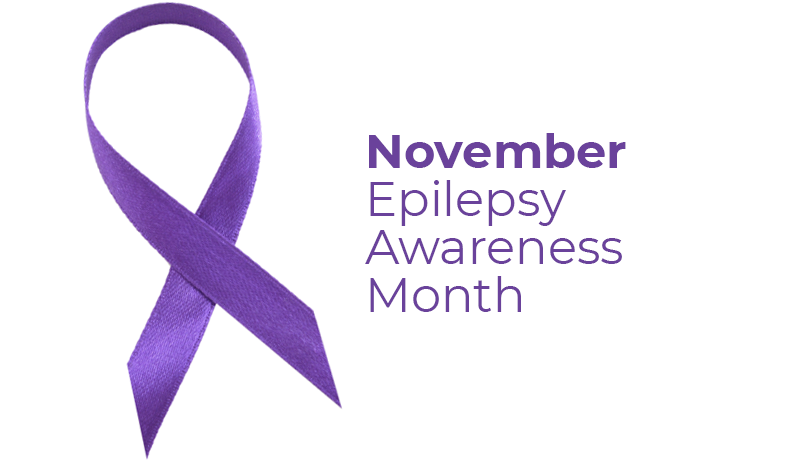At Advanced Neurosurgery Associates, there is a solution.
Have you ever wondered what Lil Wayne, Elton John, Danny Glover and Alexander the Great all have in common? If you were thinking they all have great musical abilities, or that they could potentially rule the world, that’s not a bad guess. But they actually all have epilepsy, a condition that affects nearly some 3.4 million Americans.
With some 150,000 annual diagnoses, it is pertinent to mention that November is Epilepsy Awareness Month. New advancements have been made that greatly improve the lives of those who have this condition.
List of Famous People and Celebrities with Epilepsy
It is possible to live with epilepsy. Many celebrities are able to manage their epilepsy to have successful lives, although they may still have sporadic seizures. For example, Lil Wayne talked publicly about his condition following a series of seizures in 2013 after filming a music video.
Below we list some celebrities and other famous people who have suffered from epilepsy:
- Lil Wayne
- Elton John
- Danny Glover
- Theodore Roosevelt
- Neil Young
- Prince
- Elton John
- Adam Horovitz
- Alan Faneca
- Jason Snelling
- Martin Luther
- Agatha Christie
- Edgar Allan Poe
- Charles Dickens
- Truman Capote
- Julius Caeser
- Napoleon Bonaparte
- Vincent Van Gogh
- Leonardo Da Vinci
- Michelangelo
- Beethoven
The Epilepsy Center and the Ohio Epilepsy Foundation list more known figures with epilepsy.
Patients with frequent seizures not controlled with anti-epileptic drugs (AED), may be helped with epilepsy surgery. Epilepsy surgery can drastically reduce the number of episodes of seizures they experience. Founder of Advanced Neurosurgery Associates, Dr. Arno Fried, has successfully performed more than 500 epilepsy surgeries.
Who Can Benefit From Epilepsy Surgery?
Epilepsy surgery is performed to remove an area of the brain from which seizures originate. Surgery is considered only if the area of the brain, called the seizure focus, can be clearly identified, and its removal does not jeopardize any critical functions, such as movement or language. Extensive testing is conducted prior to any consideration of surgery in order to determine if that surgery is appropriate.
Epilepsy surgery works best for people who have seizures that always originate in the same place in their brains. To be considered for epilepsy surgery, the patient must have tried at least a combination of two or more AEDs without success. These medically resistant patients (who make up 30 percent of the epilepsy population) are candidates for surgical evaluation. Since studies have shown that the earlier surgery is performed, the better the outcome, surgeries are now being considered sooner.
What Tests are Done Prior to Epilepsy Surgery?
Prior to surgery, patients will have a comprehensive medical history and undergo a complete physical and neurological exam.
Patients also partake in extensive testing using some or all of the following:
- Electroencephalogram (EEG), the fundamental measure of identifying seizure focus
- Magnetic Resonance Imaging (MRI), the “gold standard” for locating and evaluating brain lesions
- Functional MRI (fMRI), a “road map” for brain function
- Single-photon Emission Computer Tomography (SPECT) to determine seizure onset zone and spread patterns
- Intracarotid Memory and Speech Evaluation (Wada test), a language and memory function test
Functional brain mapping and awake craniotomy to map motor, sensory, language and memory can be used both prior to and during surgery. Neuropsychology and psychiatry are also an important part of the epilepsy team’s evaluation.
What are the Different Types of Epilepsy Surgeries?
While there are a variety of surgical procedures, our experienced team collaborates to customize our approach to each individual patient.
Techniques include:
- Lobectomy and cortical resection, the removal of the seizure-producing area and the most common form of epilepsy surgery.
- Hemispherectomy, which may be done when a child has Rasmussen’s encephalitis, a rare, progressive disease affecting one whole hemisphere of the brain.
- Corpus callosotomy, the sectioning, or separating, of the corpus callosum (a nerve bridge which connects the two halves of the brain and integrates its functions) to reduce generalized seizures by confining the spread of an epileptic discharge to one cortex.
- Multiple subpial transection, which also seeks to control seizures by cutting nerve pathways.
- Vagal Nerve Stimulator (VNS) placement, an implanted device which is similar to a pacemaker and prevents electrical brain activity that causes seizures.
- Neuropace, is another type of implantable device that may be an alternative option for non-focal seizures.
Will I Be Seizure-Free After the Surgery?
The success of epilepsy surgery is measured in terms of the operation’s impact on both seizure control and improved quality of life. Studies of adults who undergo surgery have shown that seizures may be greatly reduced or totally controlled, and many can stop AEDs.
A June 2015 study published in Seizure Journal was the first prospective, population-based, longitudinal study to show that a favorable seizure outcome is achievable in a majority of infants and young children undergoing respective epilepsy surgery, and that the improvements are consistent over time. Many can also stop taking AEDs.
What Special Experience Does ANA Have with Epilepsy Surgery?
The surgeons at ANA specialize in complex brain surgery for children and adults with epilepsy. The surgeons at ANA participate in and in some cases direct various Level 4 Epilepsy Centers, which is the highest possible designation made by the National Association of Epilepsy Centers (NAEC). ANA’s website features compelling patient testimonials from those who have resumed productive and seizure-free lives following successful epilepsy surgery at ANA.
Originally posted on the Huffington Post in 2016, updated 2021.

ANA is a team of expert neurosurgeons and medical professionals, who combine their decades of knowledge to provide information, events, and articles on a range of neurological conditions.




1 Comment
I’m 75, is that too old?